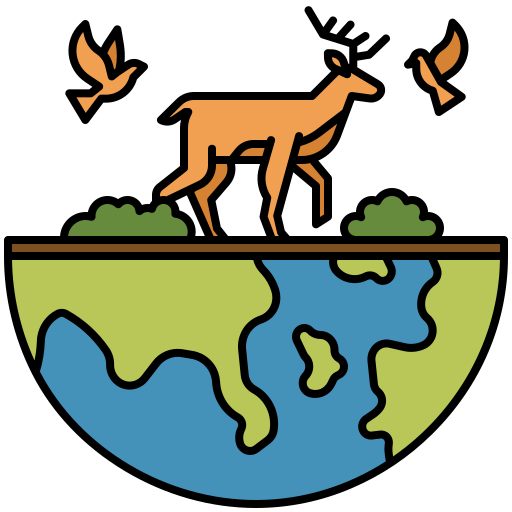


Animals have evolved with remarkable adaptations from the depths of the ocean to the heights of the sky and have thrived in diverse environments. Nature's schematics serve as a wellspring for human innovations. In this blog we will take a way towards animal technology and bioinspiration, and how it drives the transformative and technological breakthroughs.
Biomimicry is the art of drawing inspiration from nature's designs and processes. It has led to some of the most revolutionary inventions in our world. Let's explore several modern examples where biomimicry has inspired groundbreaking innovations:
In 1948, Swiss engineer George de Mestral became intrigued by the burrs that hooked to his dog's fur while hiking in the Alps. Intrigued by these little seeds and their structure, de Mestral invented Velcro, a hook-and-loop fastening mechanism that has transformed the way we stick things today.
The Shinkansen bullet train was launched in 1964 in Japan. The front of the train was inspired by the streamlined design of the kingfisher's beak. Engineers were able to reduce noise, improve efficiency, and minimise environmental effects by replicating the aerodynamic features of birds.
Around 2005, scientists discovered that the tubercles on humpback whale fins would inspire more efficient wind turbine blades. Scientists were able to design turbines that can generate more power while reducing noise and vibration. The aerodynamic design mimics the characteristics of whales.
Scientists invented more efficient solar cells in 2012 by mimicking the nanoscale structure of butterfly wings. Scientists increased light absorption and energy conversion by imitating the nanostructures of the wing, paving the path for more sustainable energy sources.
While Biomimicry is imitation, Bio-inspired design goes beyond it, capturing the essence of nature's innovations to inspire solutions to different challenges in the world. Let's explore several examples where nature's principles have completely revolutionized material science, fluid dynamics, and architecture.
Spider silk has been around the world for over 300 million years, and is renowned for its strength and elasticity. Researchers have developed fibres by mimicking the molecular structure of spider silk with applications in bulletproof vests, medical sutures, and artificial tendons.
The lotus effect, discovered around 1973, inspired self-cleaning surfaces that can easily repel water and dirt. Engineers could develop coatings for buildings and textiles requiring minimal maintenance by copying the micro-textured surface design of lotus leaves.
In 2006, inspired by the rough texture of shark skin, researchers developed surfaces which reduce drag and increase efficiency in fluid flow. By mimicking the microscopic denticles found on shark skin, engineers could develop swimsuits, ship coatings, and aircraft wings that could minimize turbulence.
Termite mounds are the inspiration for sustainable architecture. In 2010, architects began studying termite mounds looking for passive cooling mechanisms. These mounds inspired architects to design buildings that could regulate temperature, humidity, and airflow, reducing energy consumption.
In 2018, inspired by the flight of a dragonfly researchers developed drones. By mimicking the wing movements of dragonflies, engineers could create drones which could navigate in tight spaces and respond to dynamic environments with agility and precision.
Inspirations are derived from observations, bioinspiration holds endless possibilities for future innovations. There is still a lot to explore in nature's complex design. As we continue to explore the complex design, we unravel the natural world's mysteries. We can draw inspiration from its timeless wisdom and forge a brighter, more harmonious future for future generations.

Prompt Blueprint: Understanding different components of a good prompt


Adaptation of Bioinspiration and Biomimicry of Nature in Modern Engineering and Technology
